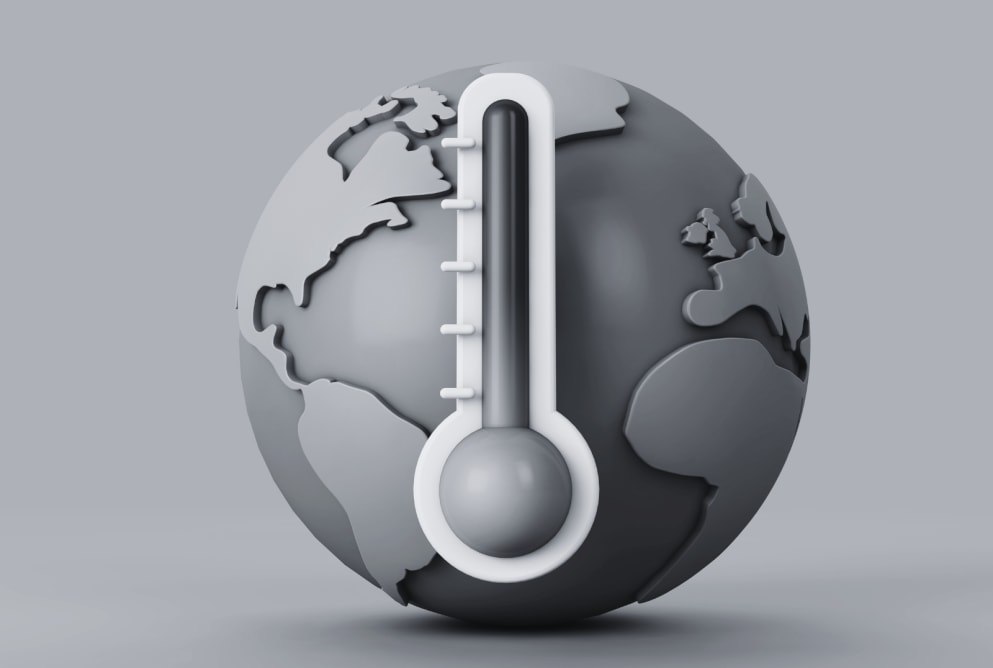For many of us, the first signs of summer bring excitement, with thoughts of family barbecues and lazy days in the sun. But for people sleeping rough, rising temperatures bring serious threats to their health and wellbeing, particularly as climate change makes our heat waves more regular and more extreme.
While local councils should have plans in place to support people facing homelessness during extreme weather conditions, they’re often inconsistent and fail to actually meet people’s needs.
This week we’re taking a look at how climate change disproportionately affects people sleeping on the streets, and what can be done to address this gap.
Extreme weather and homelessness
Since the early 2000s, local councils have been encouraged to create their own Severe Weather Emergency Plans (SWEPs). SWEPs should outline what councils put in place to protect people facing homelessness from extreme weather, like offering temporary shelter.
Shockingly, there’s no legal requirement for councils to have a SWEP in place. As a result, they’re often inconsistent and applied ad hoc. The charity Museum of Homelessness found that over a quarter of councils surveyed didn’t activate SWEP at all between 2020 and 2022, or didn’t have adequate information about what they put in place.
Even when SWEP is activated, the offer is usually a couple of nights in a shelter with no follow-on support. As a result, many people who would be eligible for the support don’t feel that it’s worth disrupting their routine and losing their spot just to end up back on the streets.
Extreme heat
SWEPs are usually associated with winter and extreme cold weather, and many councils activate their SWEPs when night-time temperatures drop below freezing. But as climate change causes an increase in extreme weather in both directions, more needs to be done to protect people sleeping rough during severe heat as well as severe cold.
And extreme heat can actually be more dangerous – more people die on the streets in the summer than in the winter in the UK. People who sleep rough tend to do so in city centres, where tall buildings and tarmac or concrete floors trap heat. They’re also more likely to wear extra layers of clothing to avoid carrying heavy bags, making it more difficult to regulate their body temperature. All of these things leave people sleeping rough at serious risk of dehydration and heat stroke.
Despite this, only half of the 91 councils Museum of Homelessness surveyed activated SWEP during hot weather between 2020 and 2022. That means that thousands of people were left without support, even through the severe heat wave of July 2022 where the temperature in some parts of the country reached 40 degrees.
How can we support people sleeping rough in extreme heat?
Many SWEPs for both hot and cold weather involve moving people inside to shelter but, for many people sleeping rough, this isn’t much help. It can mean moving miles away from where they usually rest with no easy way of getting back to familiar surroundings. Many people just don’t think it’s worth it for such a short period of time.
When asked what kind of support they would prefer, many people facing homelessness said on-street support, like offering supplies such as suncream, water, or sports drinks with electrolytes to help with hydration. These are things that many of us take for granted during hot weather, but could make a huge difference to people living on the streets.
While it’s not unheard of for councils in the UK and abroad to take action like this during heat waves, it’s not common practice. It’s still mainly up to homeless charities to provide this support and keep people safe in all weather conditions.
Long-term solutions
Handing out supplies to help people sleeping rough to manage extreme temperatures is a positive step, and could absolutely save lives, but it’s a short-term solution to a much wider problem. It does nothing to address the root causes that are leaving more people than ever with no option other than homelessness.
We need policy-makers to address the rising number of people facing homelessness by offering earlier support, including more social housing and better protection for people in privately rented accommodation. We need to do more to protect those facing homelessness from the stark realities of sleeping rough, not least the extreme weather that will become increasingly severe in the years to come.
As we move into the summer months, our outreach team will be working hard to support people sleeping rough to cope with the rising temperatures. We hugely appreciate everyone who can give their time or make a donation so we can continue this essential work. Find out how you can get involved.
